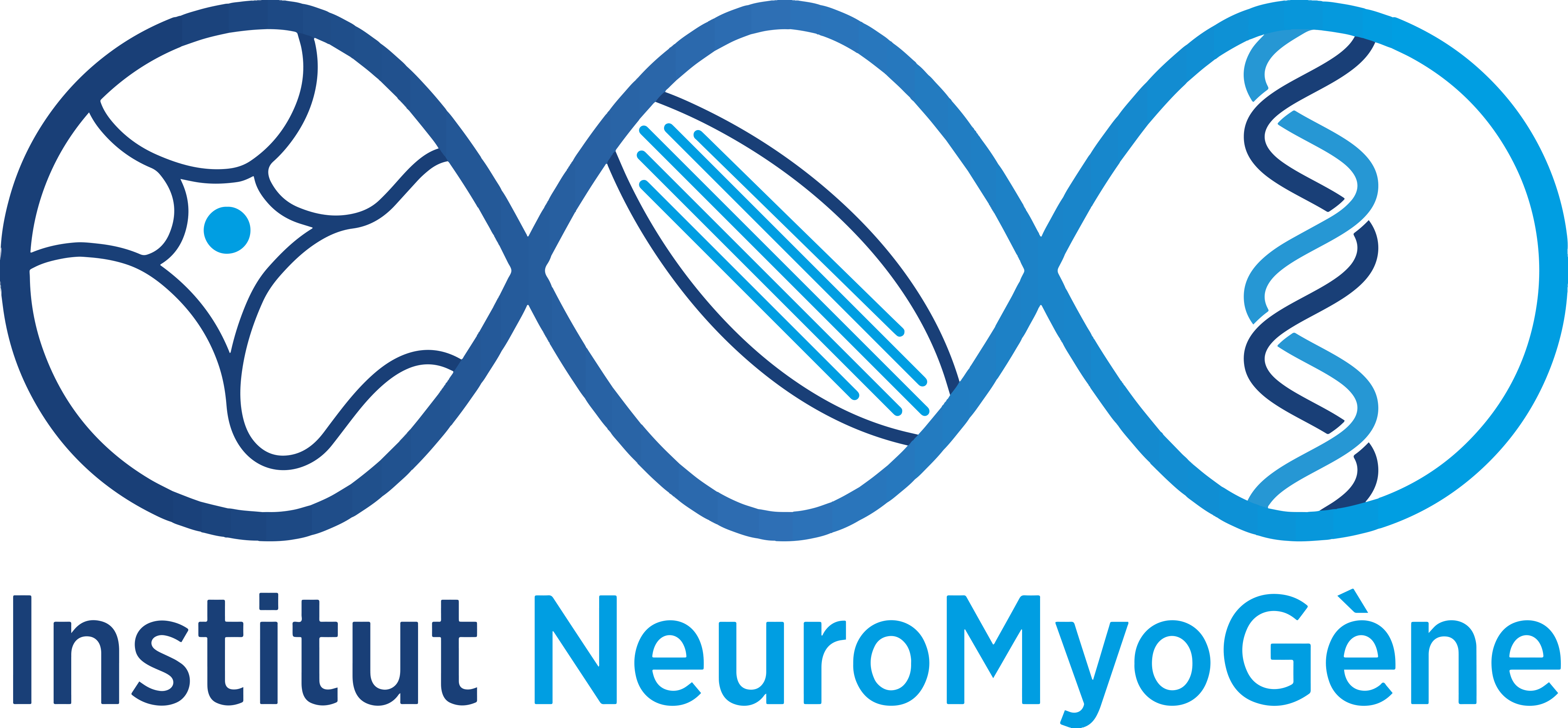We are very pleased to welcome Nadège Zanou from the University of Lausanne in Switzerland on November 29th. She will give a seminar at 11.00 am entitled: “ER/SR-mitochondria communications in skeletal muscle health and disease”. The seminar will be in the Amphi 2Bis.
Abstract
In addition to changes in function, RyR1 levels in muscle cells are critical for their homeostasis. There is a class of congenital myopathies called recessive RYR1-related myopathies due to mutation-associated decreased RyR1 protein levels. We recently reported a significant decrease in RYR1 transcripts and/or protein in several myopathies not classified as RYR1-related myopathies (inflammatory, mitochondrial, dystrophies, other congenital myopathies). This was associated with increased ER stress markers. Interestingly, we have shown that a decrease in RyR1 protein levels triggers ER stress both in vivo in mice and in vitro in muscle cells. RyR1-depleted cells also show reduced ER-mitochondrial Ca2+ transfer and mitochondrial function. RyR1 depletion in both myoblasts and well-differentiated myotubes leads to altered distribution of the nuclei and mitochondria in the myotubes. Surprisingly, RyR1 depletion in myoblasts, but not in myotubes, leads to consistent alterations in lipid metabolism and mitophagy, and in several proteins critical for muscle function, such as dystrophin, which is deficient in Duchenne muscular dystrophy (DMD). We have recently reported that altered lipid metabolism and mitophagy both play a critical role in the pathogenesis of DMD.
We are now working to determine whether ER stress mediates the muscle dysfunction induced by reduced RyR1 protein levels. Interventions aiming to increase RyR1 levels may be beneficial for myopathy patients with reduced RyR1 levels. Preliminary data from our laboratory suggest that exposure to hypoxia or exercise training-detraining can alter RyR1 protein levels, opening up interesting perspectives.
Together, both RyR1 levels and stability are critical for muscle health and homeostasis, and much attention should be paid to RyR1 protein levels in the context of myopathies beyond RyR1-related myopathies, as any decrease in RyR1 protein levels could potentially be detrimental to the muscle cell.
Publications
Vidal J, Fernandez EA, Wohlwend M, Laurila P, Lopez-Mejia A, Ochala J, J. Lobrinus JA, Kayser B, Lopez-Mejia IC, Place N, Zanou N*.
RyR1 content decrease-induced ER stress is a hallmark of myopathies.
Journal of cachexia sarcopenia and muscle. 2023 Dec;14(6):2882-2897. doi: 10.1002/jcsm.13349. Epub 2023 Nov15.
Laurila P*, Luan P*, Wohlwend M*, Zanou N, Lima T, Goeminne L, Gallart-Ayala H, Ivanisevic J, Shong M, Place N, Auwerx J.
Inhibition of sphingolipid de novo synthesis counteracts muscular dystrophy.
Science Advances 2022 Jan 28;8(4).
Zanou N*, Dridi H, Reiken S, Lima T, Donnelly C, De Marchi U, Ferrini M, Vidal J, Sittenfeld L, Feige JN, Garcia-Roves P, Lopez-Mejia I, Marks A, Auwerx J, Kayser B, Place N*.
Acute RyR1 Ca2+ leak enhances NADH-linked mitochondrial respiratory capacity.
Nature Communications. 2021 Dec 10;12(1):7219.
Luan P, D’Amico D, Andreux PA, Laurila P, Wohlwend M, Li H, Lima T, Place N, Rinsch C, Zanou N, Auwerx J.
Urolithin A improves muscle function by rescuing mitophagy in muscular dystrophy.
Science Translational Medicine 2021 Apr 7;13(588).

